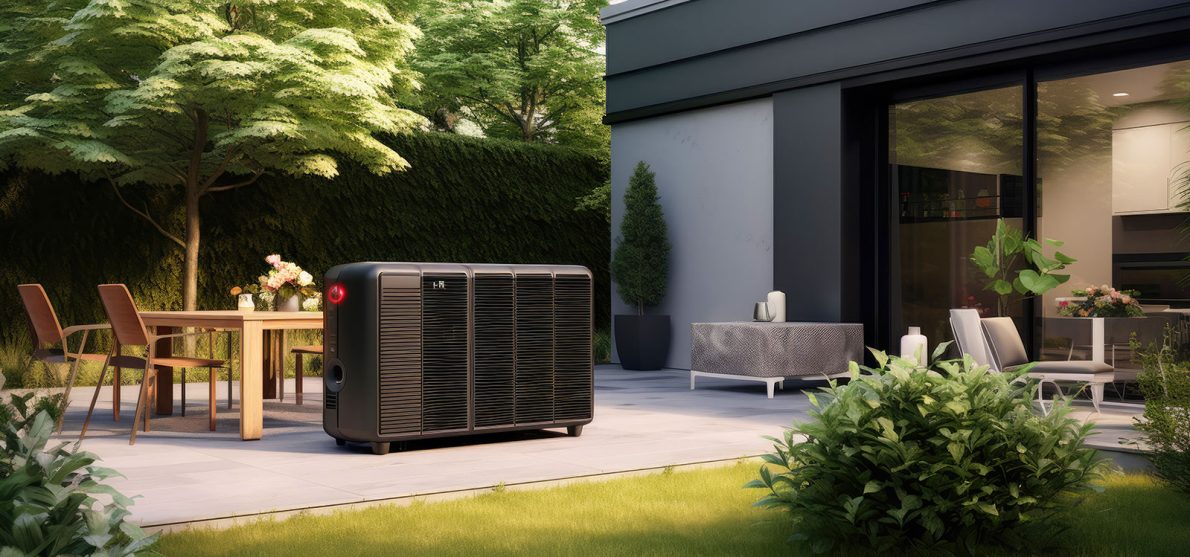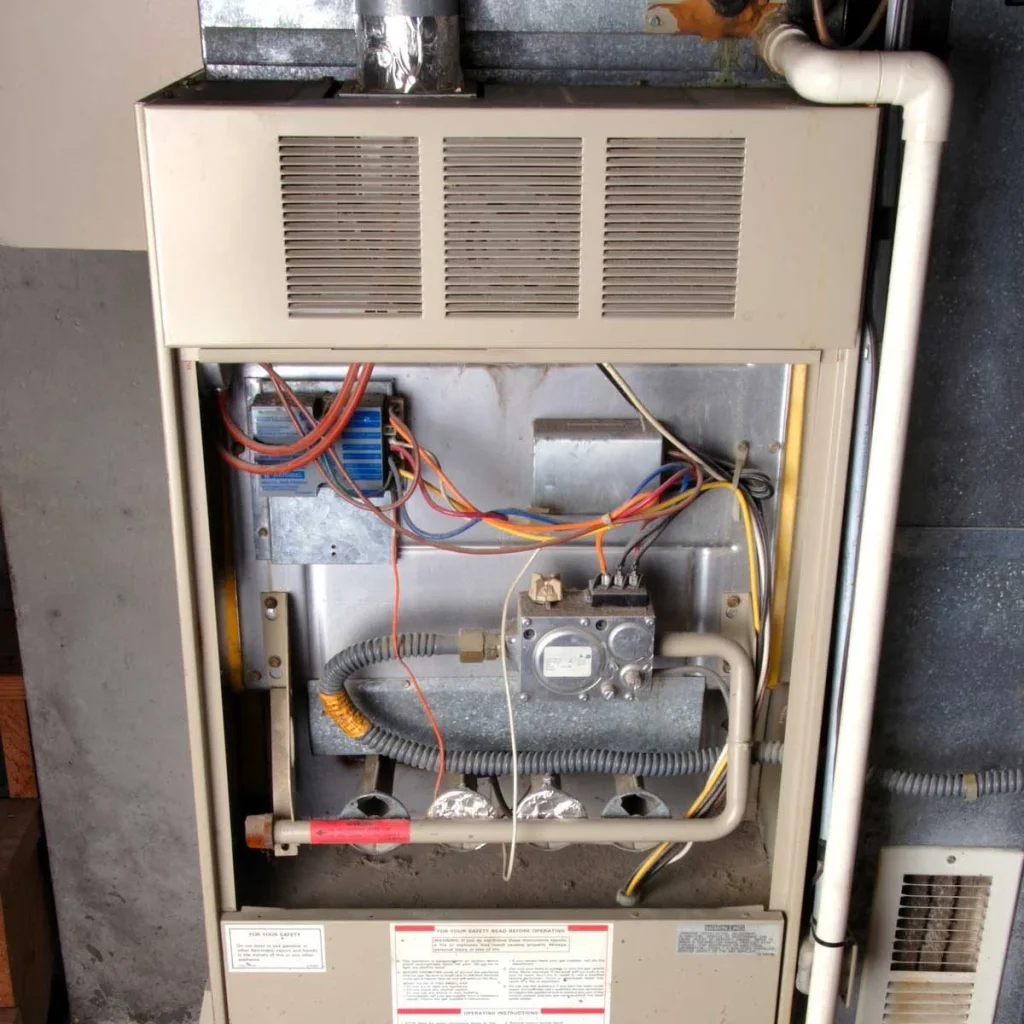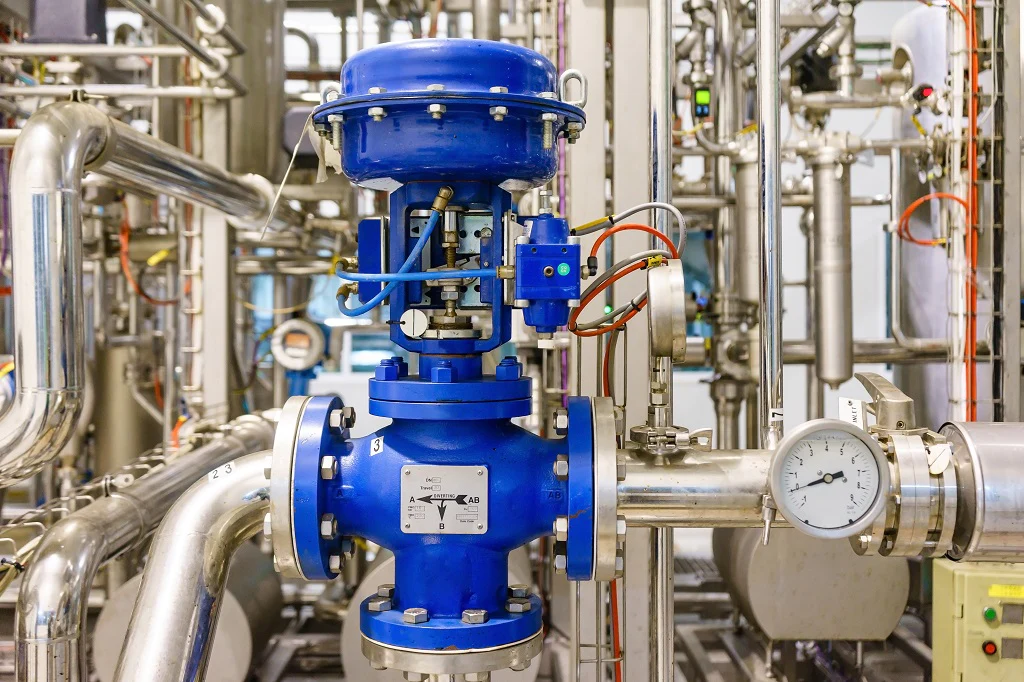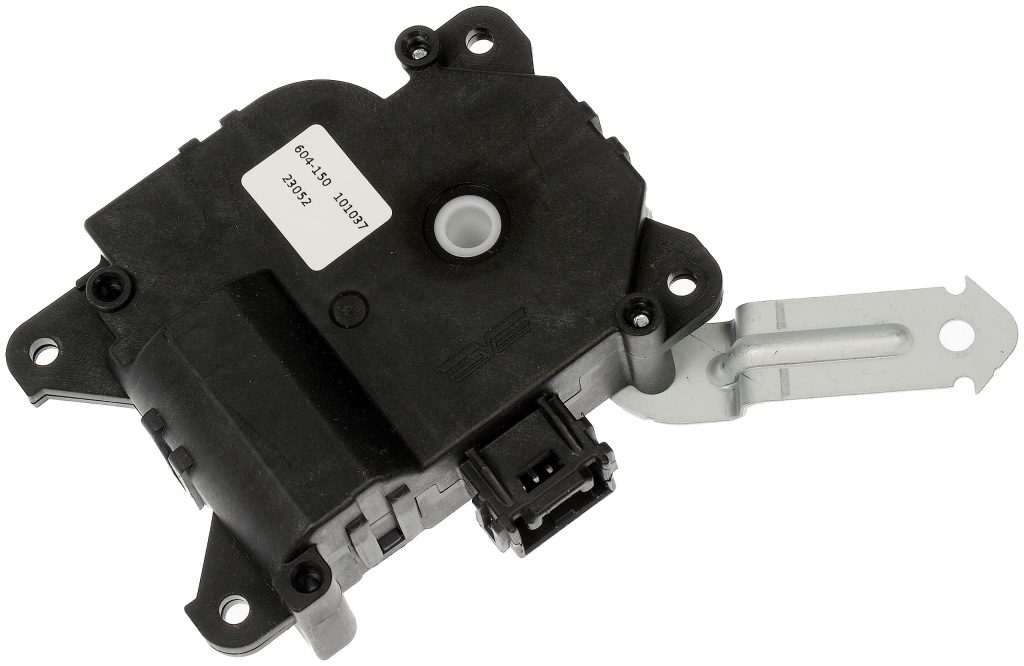As long as your HVAC system is operating correctly, you probably won’t need to concern yourself about what a damper is, how it works, and how actuators make them control the flow of cold or hot air across your home.

When it’s time to replace certain parts, like dampers and actuators, it pays to know what they are and what they’re used for. Let’s now discuss how the HVAC damper controls the airflow of your HVAC system.
The HVAC Actuator, Damper, and Other Related Subjects
Dampers, along with their actuators, help make a home or office much comfier by keeping the temperature just right at all times.
- What is a Damper in HVAC Terms? A damper in HVAC terms refers to duct dampers or movable plates moved by actuators—devices that convert energy like electricity to motion—in order to help regulate or make consistent the temperature of your home, office, or building with an HVAC system and duct work installed.
- Movable Plates That Move Air Around: To ensure the stream of cold air from the A/C or hot air from the heater goes through your ventilation in a regulated and consistent manner, the plates move and adjust accordingly. The dampers control the airflow to specific parts of the building to make hotter rooms colder or colder rooms hotter as needed.
- Cooling Regulators: There are many parts of the HVAC system that can be considered “cooling regulators”, but in the case of dampers, they dampen or release the cold air to regulate the cooling or heating of any given area or room, usually by cooling zones.
- Ensures Efficient HVAC Operation: In order to keep your HVAC system from overworking its heater or A/C from making things hotter or colder consistently, the dampers and the ventilation system mostly work in tandem to prevent the units from running constantly. Once it heats or cools the air, they can use and distribute that hotness or coldness across the home.
- Inconsistency in Temperatures: You might want to know what a damper is once you find that in your home, it’s much colder downstairs or warmer upstairs. It’s especially important to put a damper on your ignorance about dampers whenever some rooms have differing temperatures. Your damper or actuator might be busted in such cases.
- Control Airflow: You can close or open HVAC dampers like you would the vents of your ventilation system to control airflow coming from the duct work. Or you can have a programmable or smart HVAC control the airflow for you automatically until you decide to do a manual override.
Thanks to dampers, their actuators, and duct systems that regulates cooling or heating of the zones around a building, your HVAC unit doesn’t need to constantly turn on its heaters or air-conditioners to reach the ideal temperature.





